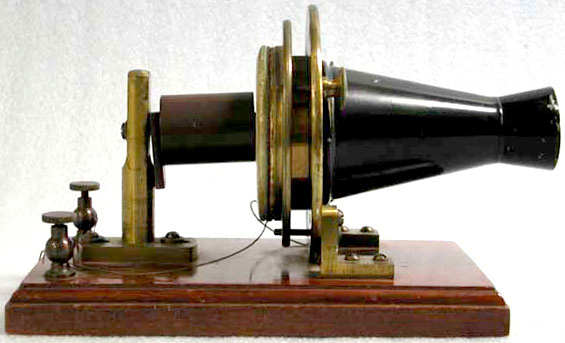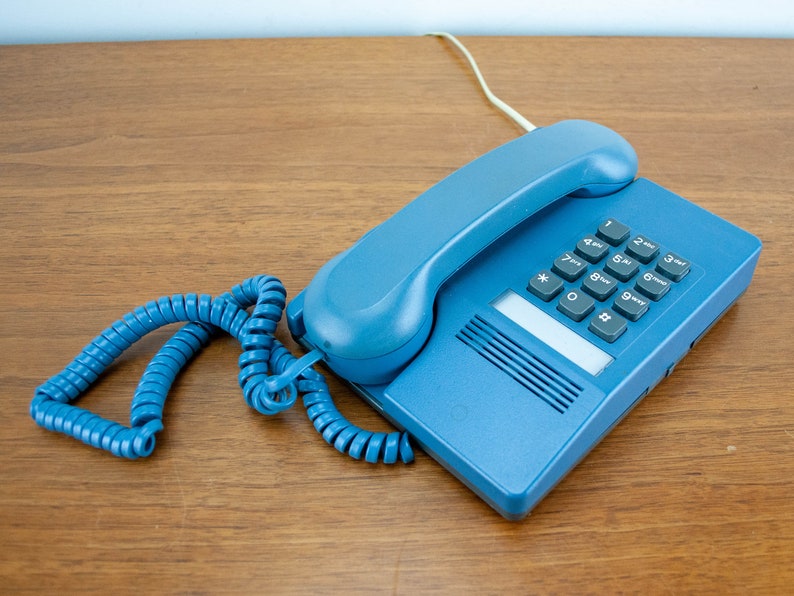
Some built devices before Bell's and some contested his patent after the event.įirst mentioned the idea, but did not use the word telephone There were many inventors who might have or did dispute Bell’s patents ten of them are discussed here. On March 10th the first words spoken on the telephone were famously made during an experiment by Bell using a liquid transmitter, this idea was never pursued commercially and exists on paper only.īell founded his Bell Telephone Company reverting back to his electromagnetic (Gallows Phone) idea for transmitting and receiving culminating in the first commercial telephone, the Butterstamp Telephone.

It never transmitted speech, but the sounds it made enabled Bell and Watson on March 7th 1876 to obtain their first Telephone patent based on this idea. Together, in 1875, they worked on their 2nd membrane phone known as the Gallows Phone, which used the vibrating diaphragm for both transmitting and receiving. Whilst working on his multiple telegraphy system Bell noticed that a relay made a twanging noise and its similarity to speech, developing this observation he attached a parchment diaphragm to the armature of the relay. In 1874 Bell received financial help from Gardiner Hubbard and Thomas Saunders, two wealthy men, who thought Bell was trying to find a system to achieve multiple telegraphy transmissions.īell's ability to engineer his ideas was limited, he was never adept with his hands, but a chance meeting with Thomas A Watson, a bookkeeper and carpenter, then working in a machine shop, was to provide a solution. Bell had already decided that speech over these same wires might be a better option, but with only ambition to help him he needed backing.īorn in Edinburgh, Bell spent one year at a private school, two years at Edinburgh's Royal High school, (from which he graduated at 14) and attended a few lectures at university in Edinburgh and London, but he was largely self-taught. Or even multiple messages simultaneously over the same wires (cabling was expensive). It was envisaged that this might be improved by either transmitting both ways at the same time, Telegraphy, using Morse code, transmitted using one or two wires was unidirectional, i.e. Telegaph cable had circumnavigated the world and was developing on a large scale. In the 1870's telegraphy was the only means of long-range communication. At the very least, a 'caveat' (an idea not yet proved) should have been filed legally elsewhere or witness affidavits produced, as in the case of some of the people mentioned later who contested Bell's patent after it had been filed.īefore we look at prior inventions and the claimants in detail, here is a history of Bell's

Once a claim has been filed it is for a patent examiner to determine if other claimants can prove prior knowledge. Applying for a patent does not prove that the idea was first conceived or even demonstrated by the holder of that patent.


 0 kommentar(er)
0 kommentar(er)
